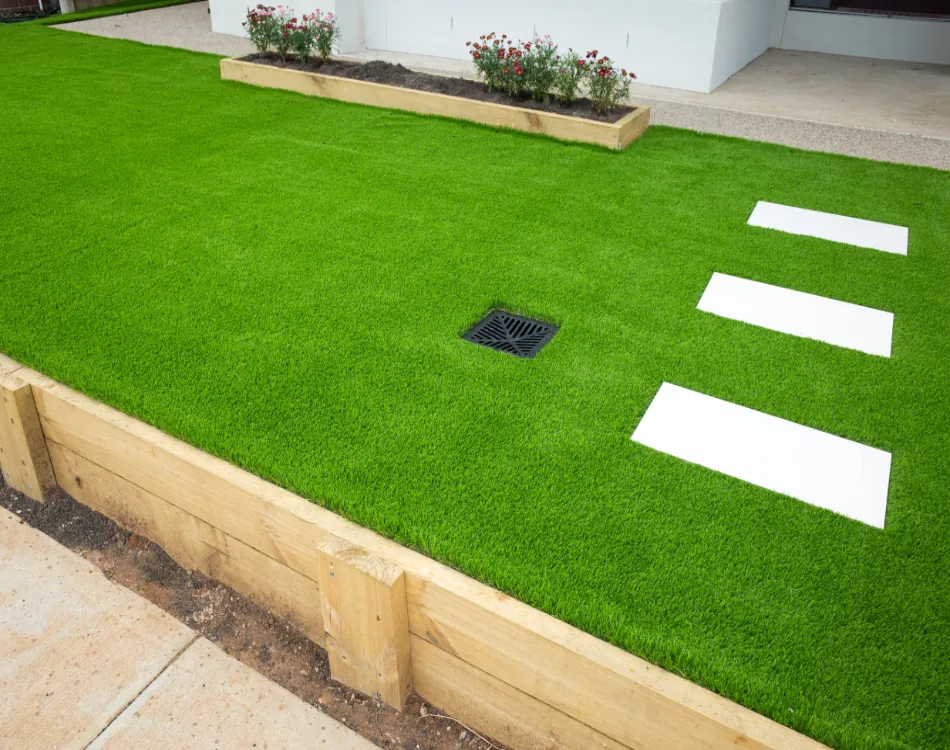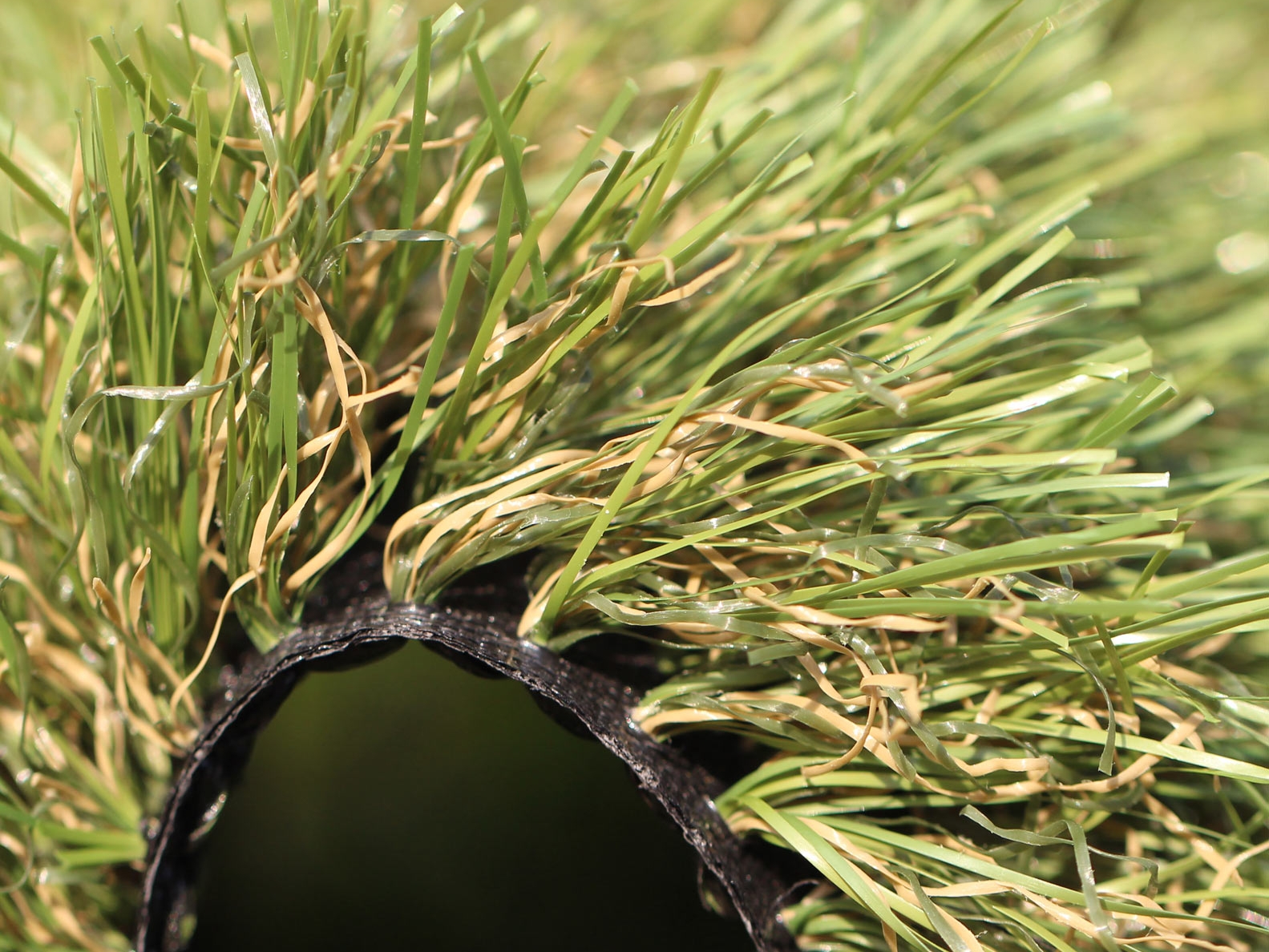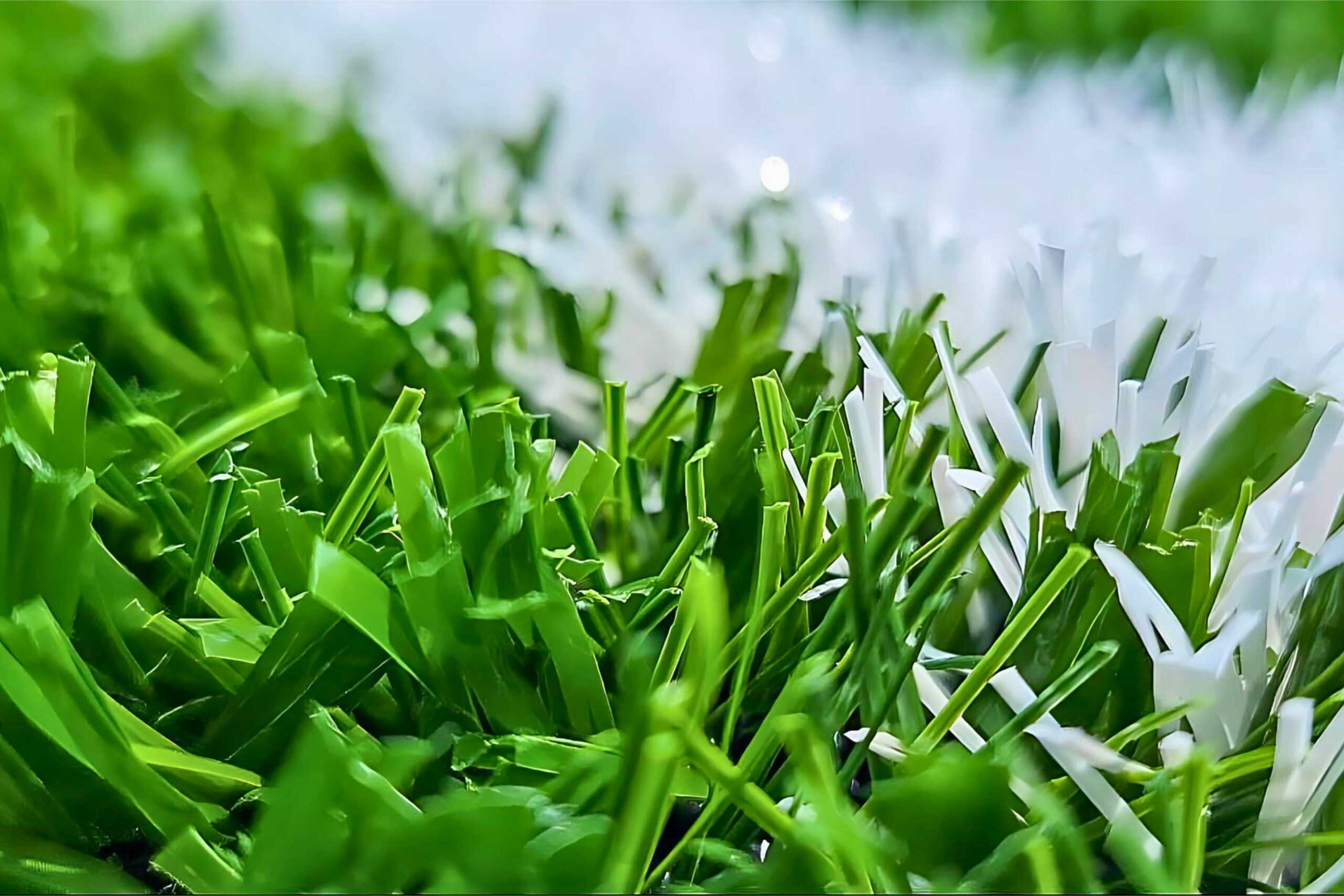Leading Phoenix Turf Companies Delivering High-End Synthetic Lawn Solutions
Wiki Article
See Why Homeowners Prefer Synthetic Grass for Sustainable Landscaping Practices
As home owners progressively focus on sustainability in landscaping, fabricated turf has actually emerged as an engaging option to traditional yard. What remains to be checked out is the complete scope of advantages that artificial grass can offer to home owners and the atmosphere alike.Water Conservation Advantages
Among one of the most significant advantages of man-made lawn is its duty in water preservation. Typical turf lawns need significant quantities of water to maintain their rich look, often resulting in overuse of regional water resources, particularly in dry areas. In comparison, synthetic grass removes this need totally, as it does not call for watering. This not just preserves water however likewise minimizes the stress on local water supply, especially throughout drought problems.Moreover, the installment of fabricated lawn can contribute to a more sustainable landscape. Homeowners can significantly decrease their water expenses, enabling reallocation of resources to various other ecological efforts or household usages. Furthermore, synthetic turf is designed to hold up against numerous weather problems without the need for supplemental watering, making it a perfect choice for areas facing water deficiency.
The ecological benefits extend past instant water savings. By lowering water intake, synthetic grass assists to reduce the influences of environment modification, protecting vital ecosystems that are intimidated by extreme water extraction. As sustainable landscaping techniques get grip, man-made turf becomes a liable choice for home owners seeking to produce environment-friendly outdoor areas.
Decreased Upkeep Initiatives
Synthetic lawn considerably minimizes upkeep initiatives compared to conventional lawn yards. With synthetic grass, house owners can eliminate the lengthy jobs connected with natural landscaping, such as mowing, fertilizing, and weeding. This not just saves valuable time however likewise lowers physical labor, making yard treatment accessible for individuals of all ages.Standard yards need regular trimming to maintain a cosmetically pleasing elevation, whereas artificial turf remains continually rich without the requirement for reducing. Furthermore, property owners no longer require to apply fertilizers or chemicals, which are commonly needed to maintain all-natural grass healthy and balanced.
Additionally, synthetic grass is durable and resilient, requiring very little upkeep past occasional cleaning and rinsing to get rid of debris. This convenience of maintenance permits property owners to appreciate their outdoor spaces without the consistent worry of upkeep, providing more time for recreation and family activities. Ultimately, the decreased maintenance initiatives linked with synthetic grass make it an attractive choice for those seeking a low-maintenance, aesthetically appealing landscape.

Ecological Influence Decrease
There is a growing recognition of the ecological benefits connected with synthetic grass, particularly in terms of water preservation and decreased chemical use. Traditional yards call for significant quantities of water, specifically in drought-prone areas, leading to boosted pressure on local water resources. On the other hand, artificial grass gets rid of the need for watering, significantly minimizing water intake and advertising sustainability.Additionally, conventional yard upkeep frequently includes the application of chemicals, fertilizers, and herbicides, which can add to soil and water pollution. Synthetic grass minimizes this environmental threat by calling for marginal maintenance and virtually eliminating the need for hazardous chemicals. This not only boosts dirt health and wellness yet additionally shields neighborhood ecosystems from toxic runoff.
Furthermore, the production of natural grass yards commonly entails making use of nonrenewable fuel sources for mowing and landscaping equipment, further adding to greenhouse gas exhausts. By selecting synthetic turf, homeowners can considerably lower their carbon footprint linked with yard care tasks.
Visual Appeal and Versatility
Along with its ecological benefits, synthetic grass offers significant visual allure and versatility for landscaping. Home owners can achieve a lush, eco-friendly look year-round, removing the seasonal changes typically connected with all-natural turf. This consistent visual not only enhances the aesthetic appeal of a building however additionally adds to a refined and well-maintained look.
Additionally, check these guys out synthetic grass is readily available in a selection of textures, shades, and designs, permitting personalization to fit private preferences and design motifs - Artificial turf companies phoenix. Whether used in residential yards, industrial spaces, or recreational locations, it can flawlessly incorporate right into diverse landscaping designs, from modern-day minimalist to lush exotic settings
The flexibility of synthetic grass prolongs beyond plain appearance; it can be installed in numerous locations, consisting of rooftops, patios, and also indoor rooms, producing opportunities for one-of-a-kind landscaping remedies. Furthermore, it appropriates for an array of activities, from youngsters's play areas to pet-friendly settings, offering capability without jeopardizing design.
Ultimately, the visual appeal and adaptability of synthetic grass make it an attractive choice for homeowners seeking lasting landscaping services that do not give up charm for ecological duty.

Long-Term Expense Savings
Among the most compelling benefits of synthetic lawn is its potential for lasting expense financial savings. Unlike natural yard, which requires normal maintenance-- consisting of mowing, watering, fertilizing, and bug control-- synthetic grass significantly minimizes these ongoing expenditures. Homeowners can save a considerable quantity on water costs, especially in regions where water shortage is a pushing issue. The elimination of yard treatment solutions better adds to monetary cost savings, as there is no demand for customized equipment or labor.In addition, synthetic grass has a life-span of 15 to 25 years, depending on its quality and use. This resilience lessens replacement expenses, making it a much more cost-effective option in the future. The preliminary investment in artificial turf can often be redeemed via the financial savings accumulated over time.
While the upfront cost might appear higher contrasted to turf setup, the cumulative savings from lowered upkeep and water usage often surpass read review these preliminary expenditures. Inevitably, the fostering of synthetic turf not just promotes a lasting landscaping solution however also uses house owners a financially wise option that straightens with long-term budgeting objectives.
Conclusion
Man-made lawn arises as an engaging option for sustainable landscaping, providing considerable benefits in water preservation, minimized upkeep initiatives, and lessened ecological influence. As areas significantly prioritize environmentally friendly practices, the adoption of artificial lawn stands go to website for a dynamic step toward achieving resistant and lasting landscapes.Furthermore, man-made turf is designed to withstand numerous weather conditions without the need for supplementary watering, making it an ideal selection for areas dealing with water shortage. (Phoenix turf companies)

Artificial lawn emerges as an engaging alternative for sustainable landscape design, supplying considerable advantages in water preservation, lowered maintenance efforts, and lessened environmental impact.
Report this wiki page